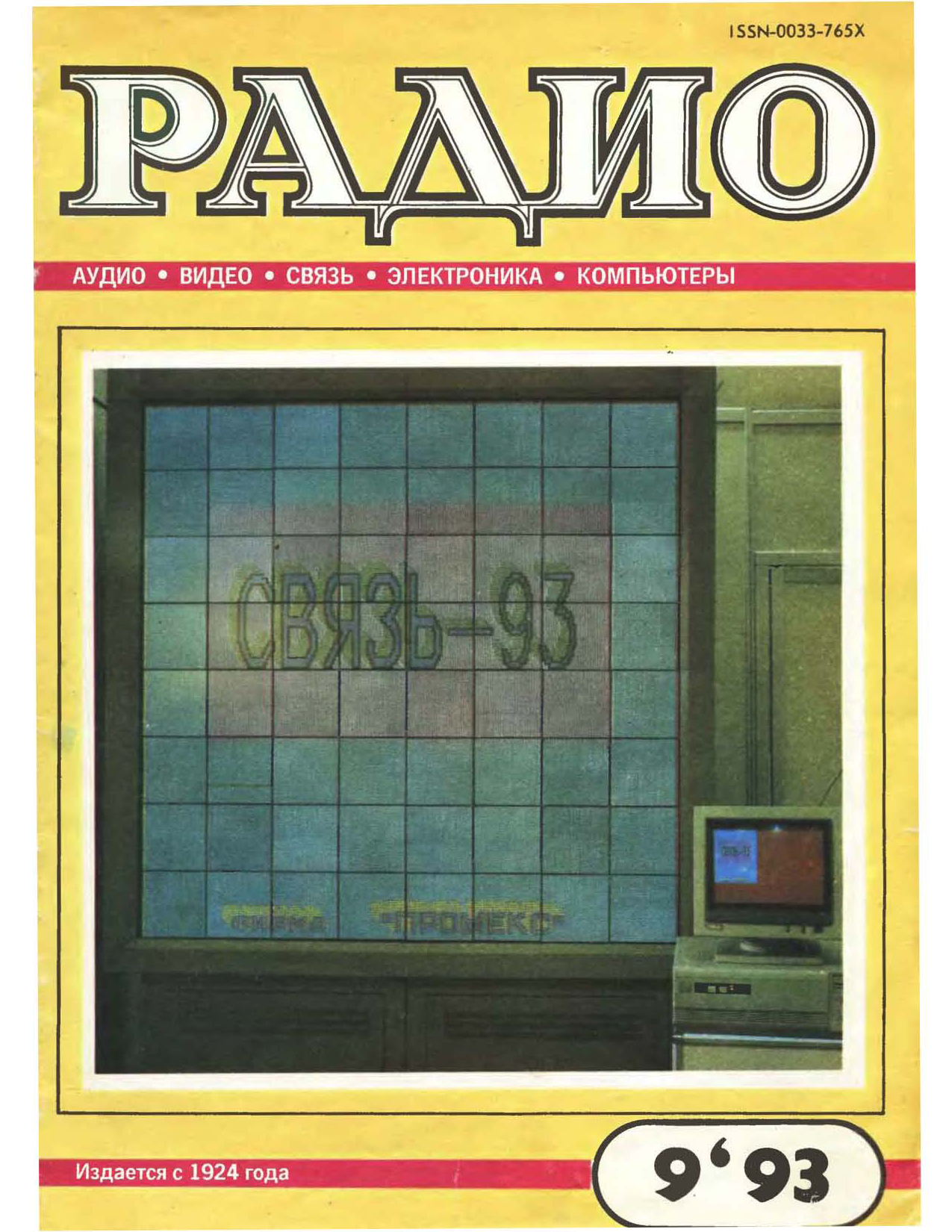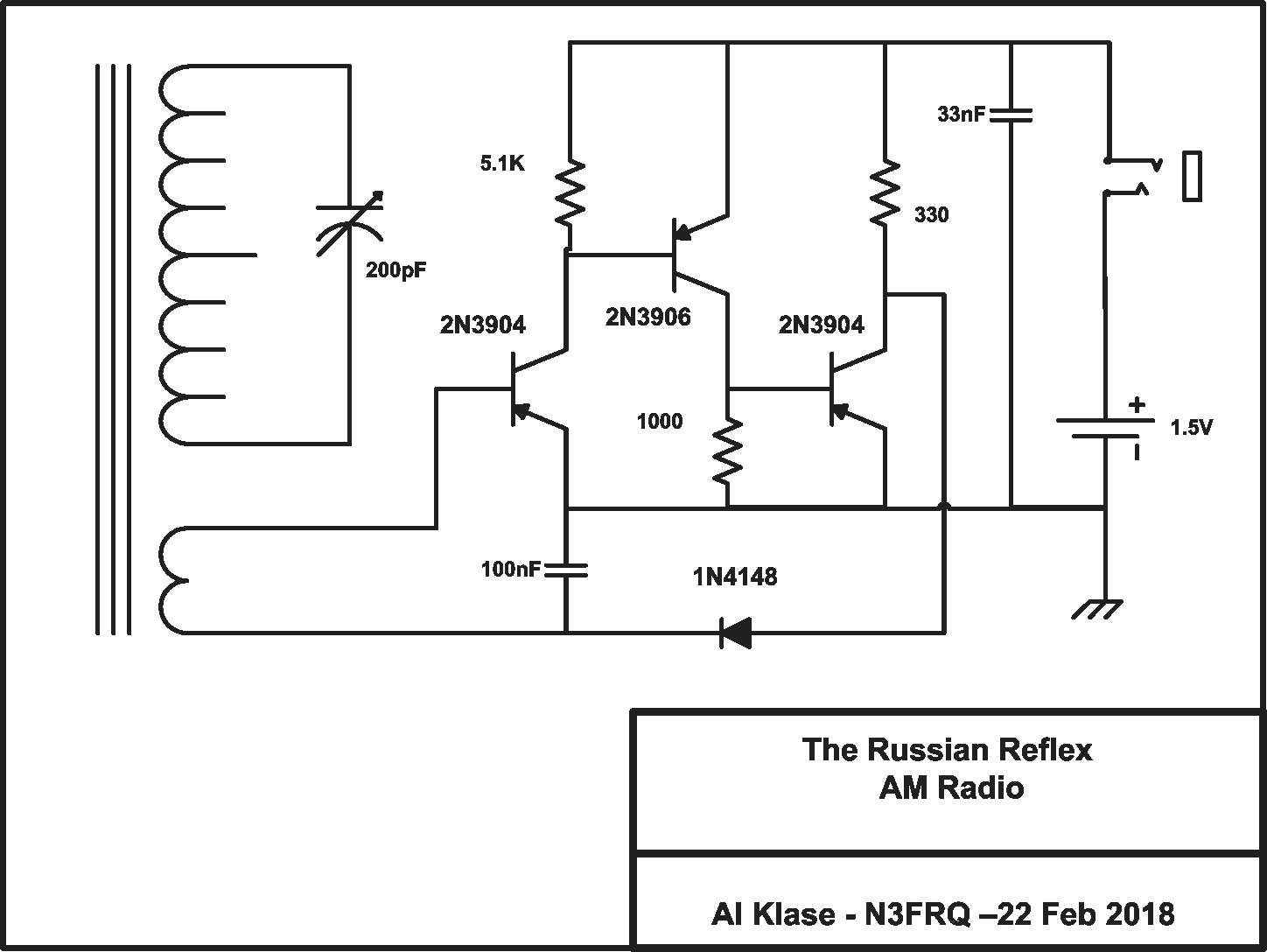A reflex radio is one
in which a single amplifier is reused to first amplify an RF (or IF)
signal, and then amplify the AF produced by a separate
detector. As long as the amplifier operation remains linear,
there is no interference between the RF and AF signals.
The original circuit was patented by a couple of Germans in early
1914. Later the U.S. Navy siezed the patent, and released it to
to the public after WWI.
Obviously, this reduces the number of active devices required, and cuts cost and power consumption.
|
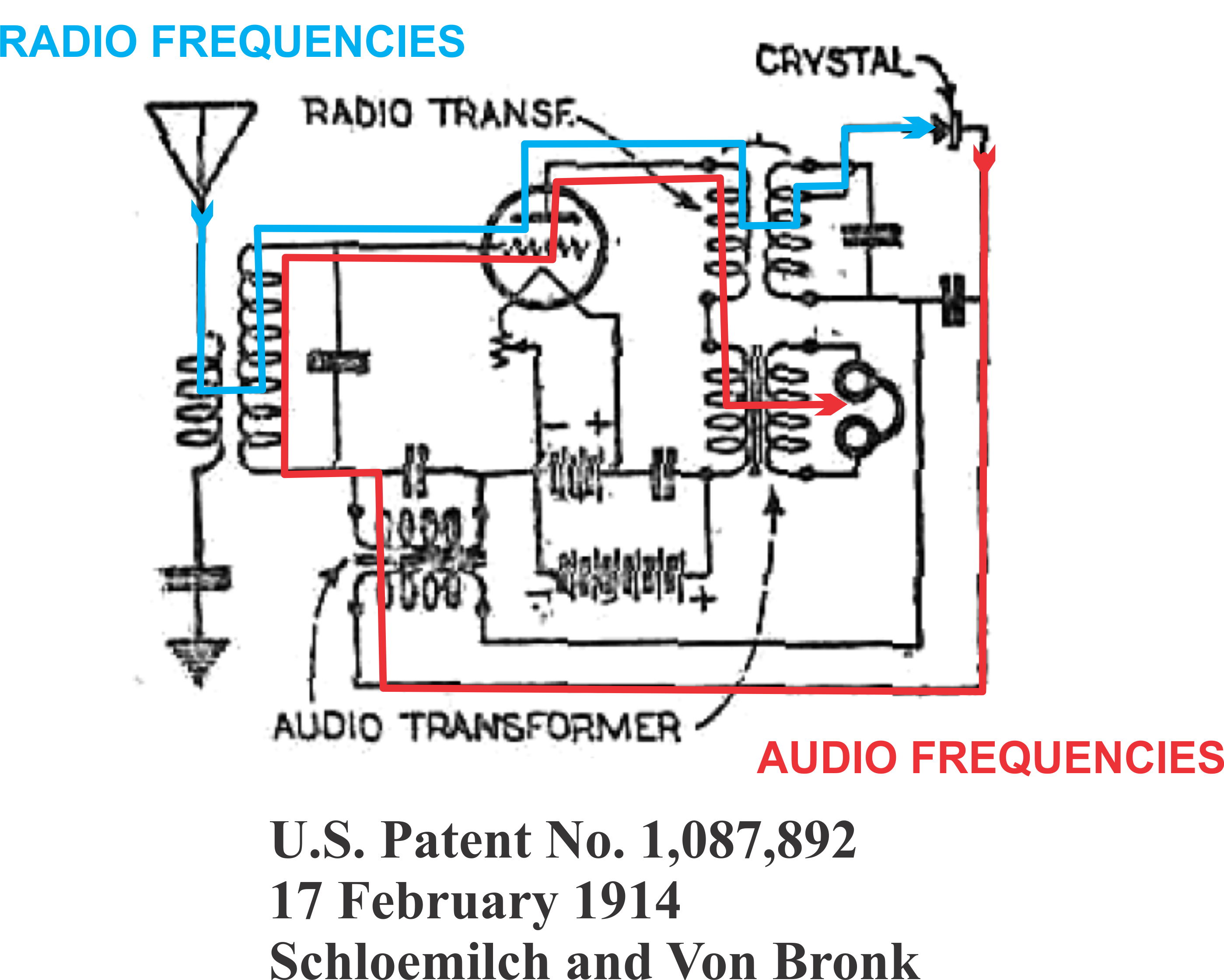
|
|
|
The Story of Reflex
and Radio Frequency
|
An interesting article by David Grimes, inventor of the Grimes Inverse-Duplex radio, from Radio in the Home, May, 1924. |
A Short-Wa4ve Reflex from 1924
|
|
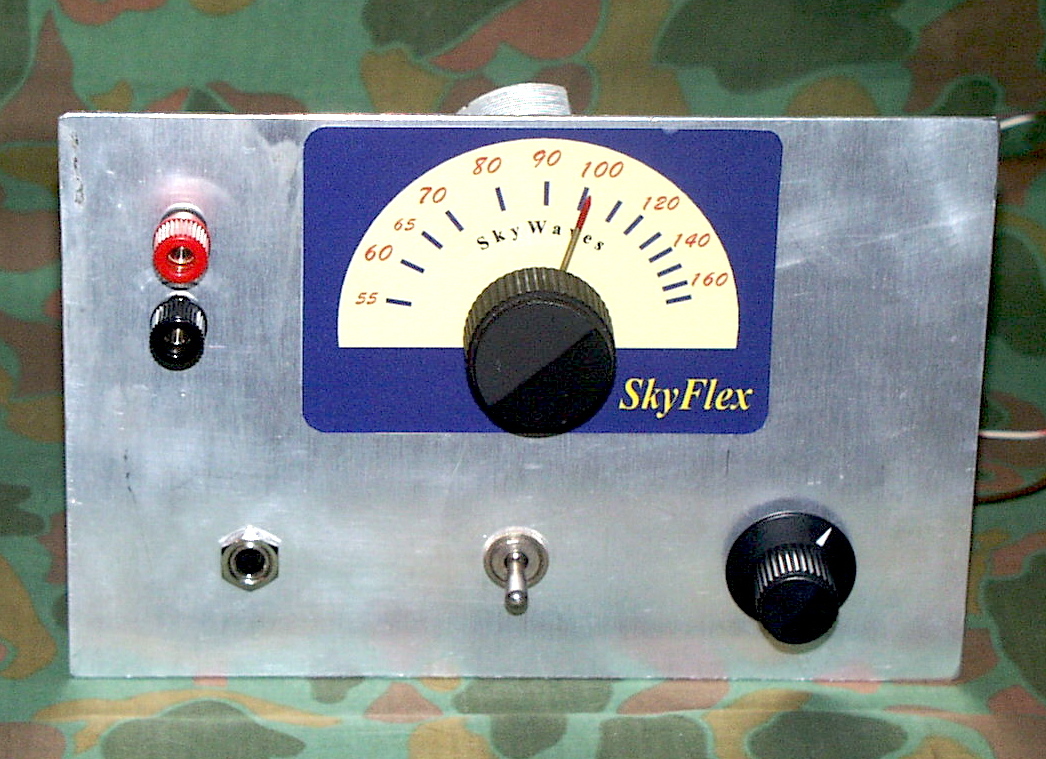
|
The N3FRQ - "Skyflex"
A one-tube reflex set using a single 12-volt auto-radio tube, desined in 2002.
|
|
|
Homebrewers in other parts of the world have paid more attention to reflex radios than we in the U.S. Here a collection of articles from UK publications;
|
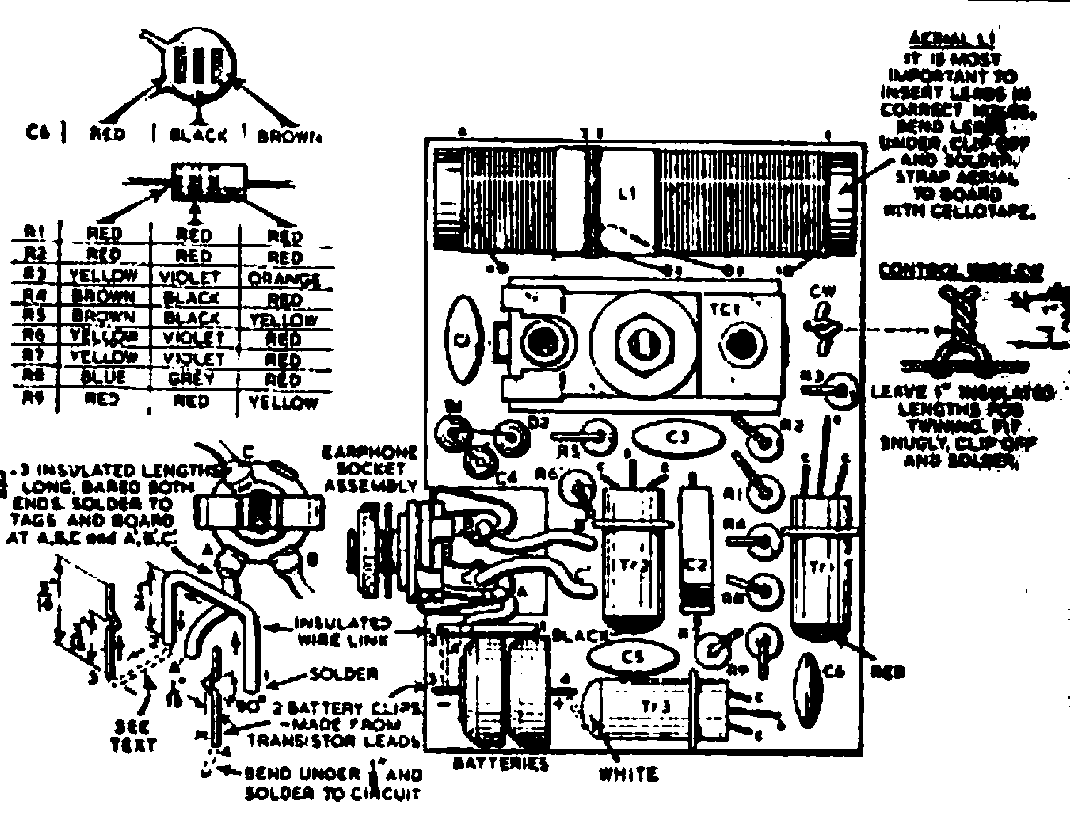
Tne Sinclair Micro-6
|



